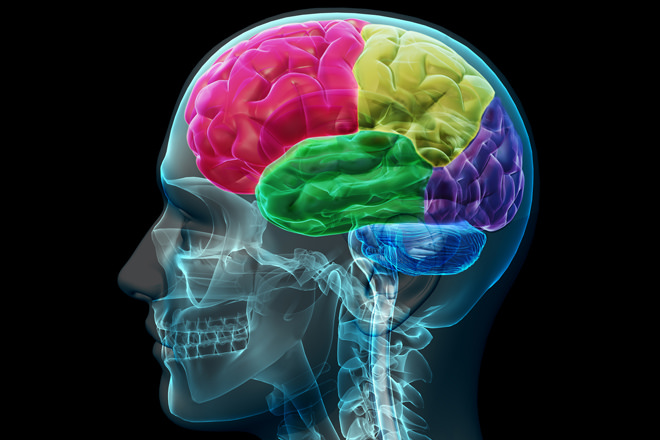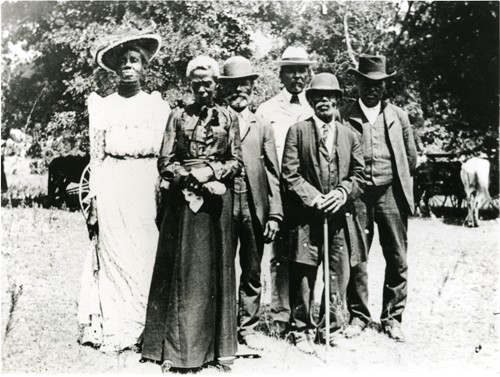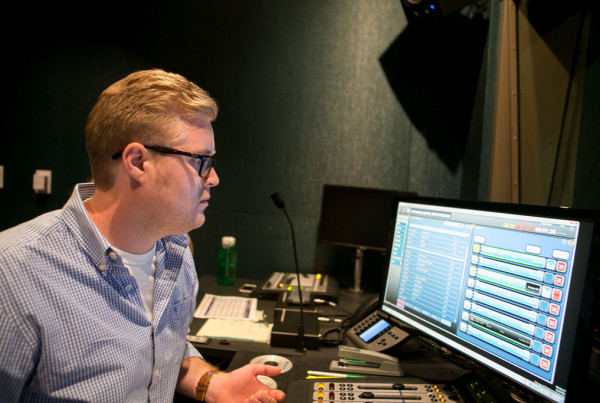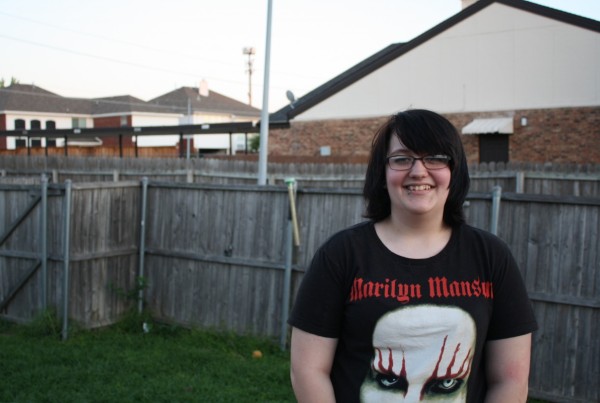Pixar creators gave voice to the inner workings of our emotions in the new film ‘Inside Out.’ The film, which opens in theaters Friday, breaks down complicated feelings — joy, anger, disgust, fear and sadness — into five colorful characters. Dr. Alison Preston is a professor of psychology and neuroscience at The University of Texas at Austin. She speaks with the Texas Standard about the accuracy of Pixar’s portrayal of human psychology.
Preston on our essential emotions:
“[The film’s main characters] are thought to be the five core emotions, along with a sixth which they left out, which is surprise. Those are kind of special,” she says. “They’re shared across cultures. So our experience of fear, no matter where we grow up, what part of the world, is usually pretty similar…. But of course we know there’s a lot of other things we experience: embarrassment, pride, resentment.”
How are our non-core emotions, like embarrassment, shaped?
“There are separate categories. They’re different than fear and anger, for instance,” Preston says. “They’re culturally shaped. So what triggers pride and resentment in one culture, in American culture, can be very different than maybe in Asian culture…. Generally what [the movie] says is true, but of course we have richer emotional experiences than just those five.”
How do our feelings shape our memories?
“If we’re feeling something very intensely during something we’re experiencing, that certainly shapes the way that we form the memory for that event,” Preston says. “Memories aren’t static. They’re not these pictorial or accurate representations of our experience necessarily. Emotion can even reshape events that weren’t originally experienced very intensely.”
On the film’s personification of feeling:
“I think they get it pretty right in one sense. Distinct emotions might both share and have different brain mechanisms underlying them,” she says. “We might have a cacophony of voices inside our heads that are trying to resolve. I might be angry at somebody, but know that it’s not appropriate to yell at them in this context. You have these kind of conflicting ideas and thoughts that go on, and so you have to choose and select between them.”

















